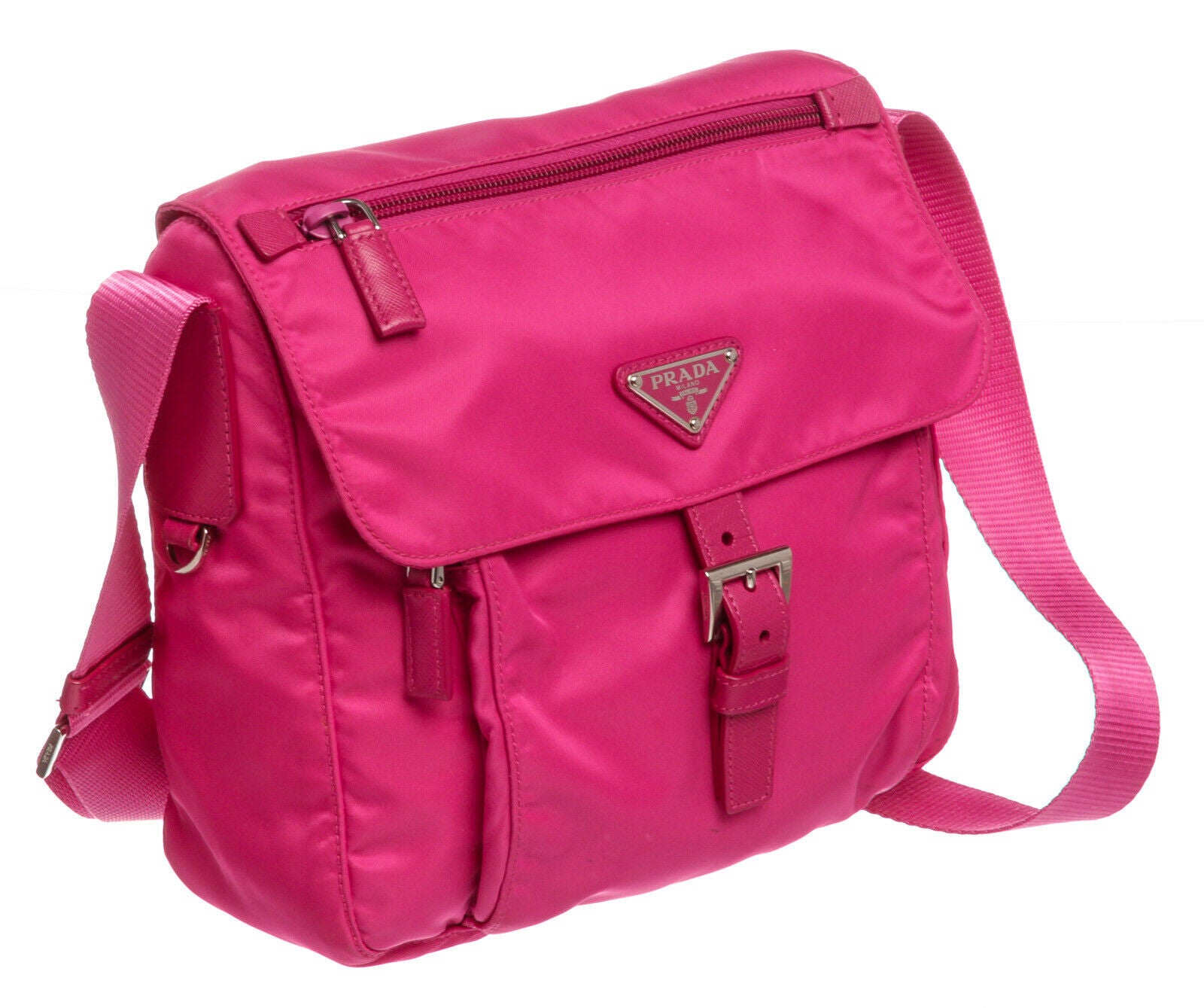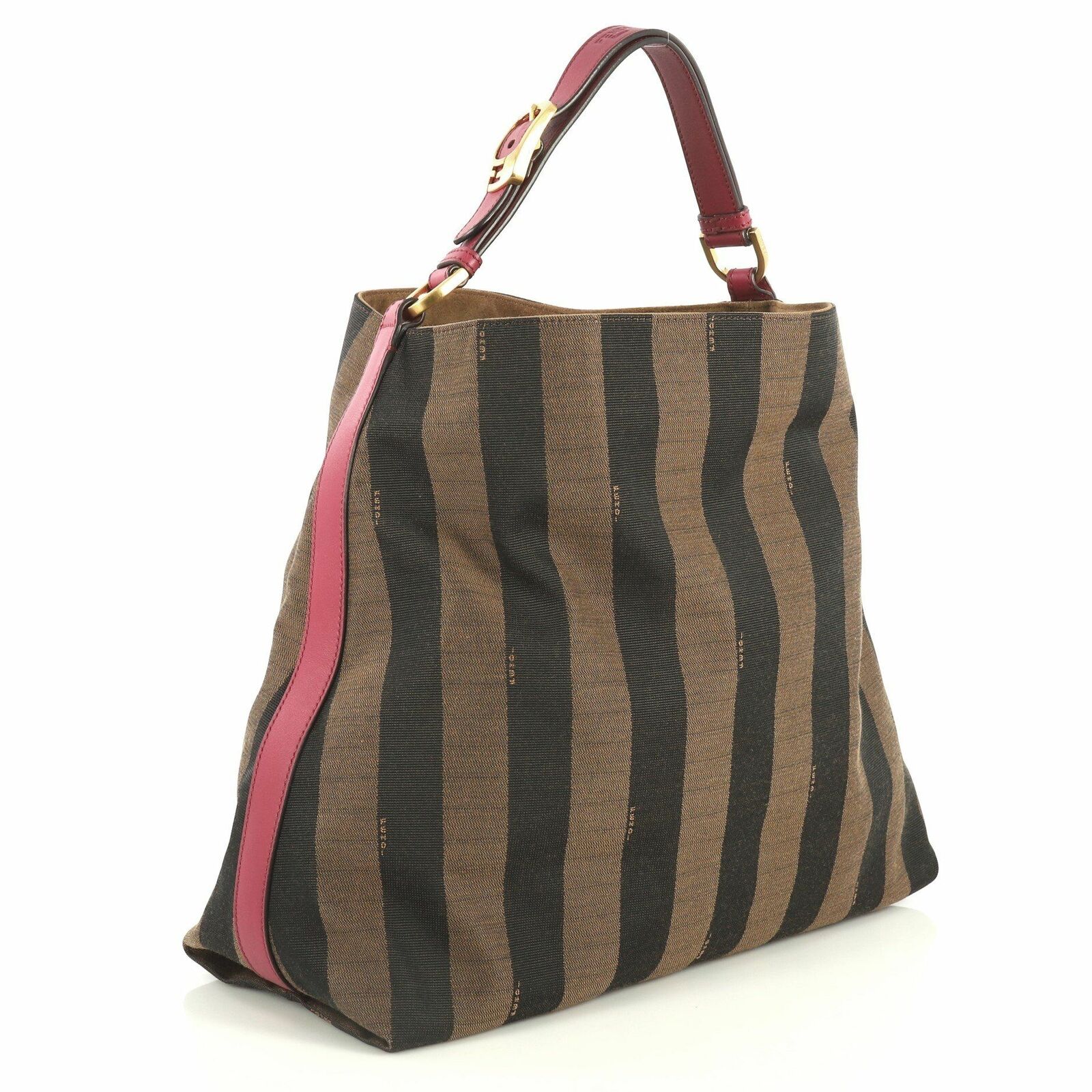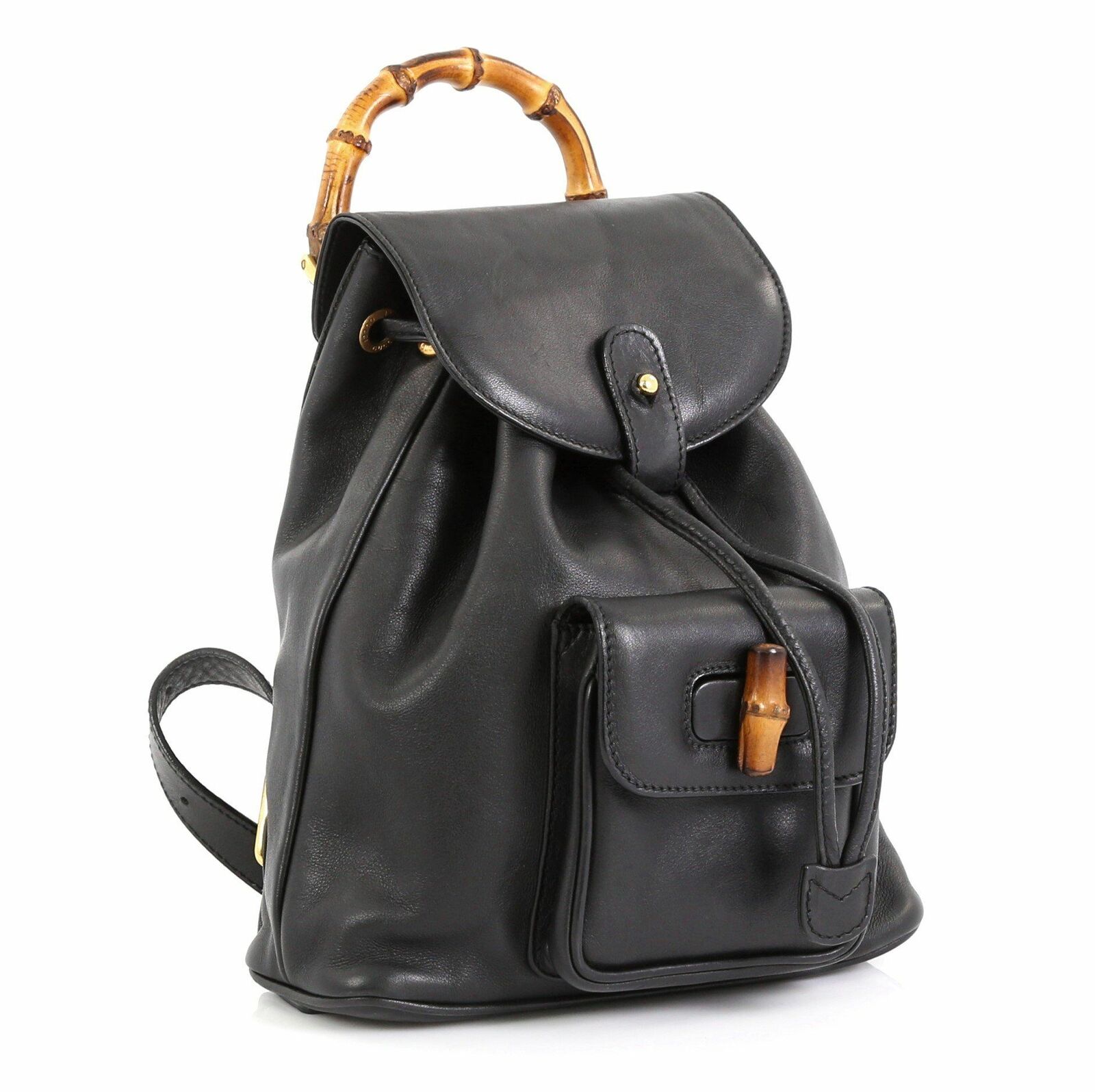We Went Behind The Scenes To Learn How eBay Authenticates Its Designer Goods
If you’re a luxury-handbag hound on the hunt for one of the big guns (Gucci, Bottega Veneta, et al) at a sweet secondhand price, you may have found yourself scrolling through the Authenticate section of the vast resale marketplace that is eBay. Instantly recognizable marques like Chanel and Prada abound on this humble landing page. If any of the luxe totes appear enticing enough to warrant further clickage, you may land on the product page to behold a bold-red proclamation: “Authenticity Verified.” It's a new-ish claim — launched officially in October of 2017 — that’s the product of a painstaking campaign on eBay’s part to provide airtight verification of the secondhand luxury goods for sale through the online marketplace.
AdvertisementADVERTISEMENT
Led by Senior Director of the Authenticate James Hendy, who came to eBay in 2017 after 18 years in the auction world (including a turn at storied resale house Bonhams, where he sold Sam’s piano from Casablanca and the Cowardly Lion’s costume from The Wizard of Oz), the authenticate program employs a rigorous approach to evaluate the authenticity of luxury merchandise across a few highfalutin’ categories: watches, diamonds, and, in an area of particular interest to us, designer handbags.
eBay has been a longtime destination for secondhand luxury goods, but of late saw their market share eroding to platforms like TheRealReal and Vestiaire Collective, who wooed customers with curated designer finds backed by a stringent guarantee of authenticity. "In the past years we’ve seen many [competitors] create businesses focused on core eBay verticals, and 99% of them have been led by authentication.” Individual sellers promised verification to customers, but eBay had no centralized, proprietary system in place for evaluating the legitimacy of its products — nor did it have a dedicated hub to attract luxury customers.
Armed with a depth of inventory far exceeding their competition and the benefit of longevity in the game, James implemented a three-layer system of checks and balances that draws on everything from AI technology to good, old-fashioned human expertise to create an exacting verification process that is applied to handbags from a select list of 16 top-tier luxury brands, including Bottega Veneta, Chanel, Fendi, Gucci, Goyard, Hermès, Louis Vuitton, Prada, and Saint Laurent. So far, the program is winning over customers: Hendy claims that “our sellers are seeing a 20% - 25% uplift in conversion” on items that bear the “Authenticity Verified” badge. “The proof is in the pudding,” he explains.
AdvertisementADVERTISEMENT
When an individual seller lists an item that falls under eBay’s approved brand list, they can opt to have it ”verified” and shipped to eBay’s Southern California distribution center. “Once it comes to us, that’s when the magic happens,” says James. In a procedure that unfolds entirely under the scrutiny of security cameras, a machine-learning-technology called Entrupy — a “microscopic camera,” he explains — captures a digital fingerprint for the item, not only vetting it for legitimacy but preventing any would-be scammers from returning a counterfeit version of the authentic piece they purchased. eBay staffers also create a bank of images for off-site authenticators to vet and analyze, and most importantly, engage two human experts who inspect the bags in person for the final, crucial step of IRL authentication. Hendy was insistent that this third check be in place: “We’re starting from the bottom up, so we have to have physical authentication.” The vetted pieces are then listed on Eastvaleluxe, the site’s own designer-goods store, and fulfilled by eBay.
Once eBay had their own system in place, they widened the verification umbrella to include their gold-star luxury-good sellers. Of this elite group, says Hendy, “They’ve been on eBay for five-plus years, they had zero issues with counterfeit returns.” These sellers — longtime designer specialists like Linda’s Stuff, Marque, and Rebag — were given a series of tests to ensure that their authentication methods were up to eBay’s snuff before they were bestowed with the site’s stamp of approval (which they can only apply to the 16 top-tier brands that the retailer vets). In addition, says Hendy, “We ongoing monitor [sellers], doing test buys from them and test audits of inventory throughout the year.”
AdvertisementADVERTISEMENT
Linda Lightman joined eBay in 2000, launching a store called Linda’s Stuff with the intention of selling her children’s video games. Once the former attorney added pieces from her own collection of designer goods, the shop took off, and almost 20 years later, she and close to 100 employees work out of a 100,000-square-foot office space, shipping, in Lightman’s words, “everything from Lululemon to Louis Vuitton.” (Refinery29 actually profiled Linda’s operation in 2011 — even back then, our EIC Christene Barberich described us as “eBay addicts.”)
The Pennsylvania-based seller, who has long been verifying designer goods in-house, is one of the top performers that eBay tested and approved to do their own authentication — a process that Linda calls “critical” in gaining the trust of customers. Of the benefits to her business, she says, “I think that eBay curating sellers that are part of the authentication program is a wonderful thing — it grouped together sellers who are doing it right and ensuring that they’re creating the best buying experience they possibly can.” Her shop has also benefitted from referrals to new authenticators and the sophisticated boxes that eBay provides for verified items. “When you open up the package it looks like a gift — I think that’s a beautiful part of the program.” And while she didn’t provide exact numbers, she concurs that there was a “noticeable lift” in conversion after eBay launched the program.
Photographed by Sophie Hur.
Here came the fun part: we got to play customer (we say "play" because we didn't actually get to keep what we "bought," we simply documented it on arrival). After some journalistic browsing in Linda’s expansive secondhand shop, we landed on Gucci’s Soho crossbody in a satisfying shade of seafoam. It promptly arrived, encased in packaging that was just as slick as promised — a matte black box debossed with eBay’s logo, dust bag, and multiple cards vouching for the bag’s authenticity. The item in question was in near-perfect condition, too; ready for another lifetime of use by one of the many Gucci enthusiasts who are contributing to the brand’s lightning-speed growth. The popularity of second-hand luxury, says Linda, “is aligned with what’s happening our world today. I think consumers would rather buy something that’s beautiful and pre-owned, and contribute to sustainability.” Emphasizing a feeling that we can all identify with, she adds: “When you find that perfect vintage handbag, yes — you’ve scored big.”
AdvertisementADVERTISEMENT
At Refinery29, we’re here to help you navigate this overwhelming world of stuff. All of our market picks are independently selected and curated by the editorial team. All product details reflect the price and availability at the time of publication. If you buy something we link to on our site, Refinery29 may earn commission.
AdvertisementADVERTISEMENT









